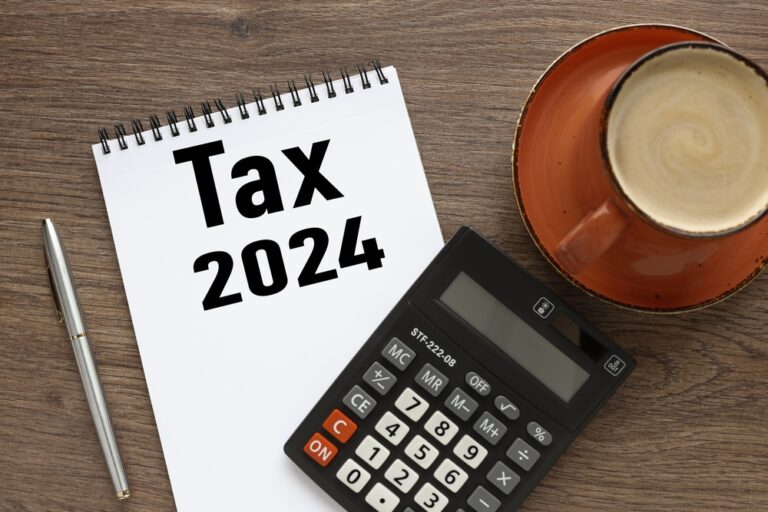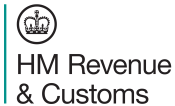Introduction to the Seed EIS!
- In March 2011, the Government announced proposals to encourage equity investment in businesses with high growth potential by reforming the enterprise investment scheme (EIS) and Venture Capital Trusts.
- The legislation introduced a new relief, the ‘Seed Enterprise Investment Scheme’ for shares issued on or after 6 April 2012.
- Although the greater part of the Seed EIS legislation is a replication of EIS, it is a separate ‘stand-alone’ scheme with some notable differences and also some differences in terminology, hence it justifies its own separate commentary.
- The reliefs available under Seed EIS take the form of an income tax reduction and two capital gains tax exemptions.
- A company can issue shares under Seed EIS where it has a permanent establishment in the UK and a qualifying activity is carried on by the company itself or one of its qualifying subsidiaries. There is no requirement for the company to be incorporated here or, indeed, tax resident. Additionally, any investor with a UK tax liability qualifies for Seed EIS relief regardless of whether he is UK-resident.
- The range of qualifying trades in which a company wishing to issue Seed EIS shares may engage is strictly prescribed.
- Prohibited activities include those such as dealing in goods (other than wholesale and retail distribution), leasing, receipt of royalties and licence fees, property development, shipbuilding, production of coal and steel, the operation of hotels, nursing homes and residential care homes and the provision of legal and accounting services.
- Currently companies are able to obtain informal advance clearance that a proposed share issue is likely to qualify for SEIS relief by applying to HMRC’s Venture Capital Reliefs Team submitting details of the company’s plans to raise money, its structure and Activities.
The following changes to the SEIS were made by F (No 2) A 2023, s. 15 that take effect for shares issued on or after 6 April 2023:
- The maximum amount that can be raised by a company under the SEIS is increased from £150,000 to £250,000 (see ¶320-550);
- The gross assets limit is increased from £200,000 to £350,000 (see ¶320-400);
- The age limit for a ‘new qualifying trade’ is raised from two years to three years (see ¶320-650); and
- The overall annual investment limit (see ¶319-060) is doubled to £200,000.
Seed EIS income tax relief!
- An investor obtains income tax relief for Seed EIS investments at the ‘SEIS Rate’ of 50% on the amount of his investment in eligible shares.
- If the shares are issued in tax year 2023–24 or a subsequent year, the overall annual limit is £200,000. For previous tax years it was £100,000. The investor may make a claim for relief in respect of some or all of the shares included in the issue.
- The relief is given by means of a reduction in the investor’s income tax liability.
- That reduction cannot reduce the liability to less than nil. In other words, it cannot create a repayment.
Carry-back of relief!
- Where an individual has subscribed for an issue of shares in a tax year and is entitled to Seed EIS relief in respect of that subscription, he may carry some or all of the relief back to the preceding tax year by claiming to treat the whole or part of the shares concerned as if they had been issued in that preceding tax year.
- This is subject to the condition that the amount subscribed for shares issued or deemed to be issued in any tax year that qualifies for relief must not exceed the overall annual limit for that tax year.
- Where a carry-back claim is made and shares are treated as issued in the previous tax year, the tax reduction will also be given for that previous tax year.
Seed EIS capital gains tax exemptions
- An exemption from capital gains tax is given for disposals of relevant shares made after the ‘termination date’ (third anniversary of the issue) in respect of the share issue, provided that the Seed EIS income tax relief attributable to those shares has not been withdrawn.
- A further ‘conditional’ capital gains exemption applies in respect of gains arising on the disposal of any asset for disposals in the tax year 2012-13 or any subsequent tax year. The condition is that the individual must subscribe, or be treated as subscribing, in that year, for an issue of shares which qualifies for Seed EIS relief. The continuation of this ‘re-investment exemption’ is dependent upon the income tax relief not being reduced or withdrawn.
Recent Posts
March 29, 2024
No posts found





